To H.M. Queen Elizabeth II: Please correct the error, your Highness
12.3.2017 | 12:18
The above painting is by Elisabeth Jerichau-Baumann (1819-81), who was one of the leading female painters in Denmark in the mid and late 19th century. Born in Zoliborz, once a wealthy rural area south of Warsaw, into a German family, Elisabeth became a Danish subject, when she married fellow artist and professor of the Royal Academy in Copenhagen, Jens Adolf Jerichau. They had met in Rome, whereto they both had travelled to seek inspiration and live the lives of true artists of the period. In Rome Jens Adolf was a student of the Icelandic-Danish sculptor Bertel Thorvaldsen.
After settling down in Copenhagen, Elisabeth lived in the shadow of her husband, as was the custom of those days. From 1847 and onwards, she gave birth to nine children. Despite this, she managed to work with her art and to present it to a wide public. She found it difficult to get accepted in Denmark being a woman, and later when Denmark and Germany were at war, also because of her German descent. Due to the couples' many visits and stays abroad, together and on their own, Elisabeth Jerichau-Baumann received more recognition in England and especially in France. Her art was also more inspired by French and British trends than by the so called Danish Golden Age painters.
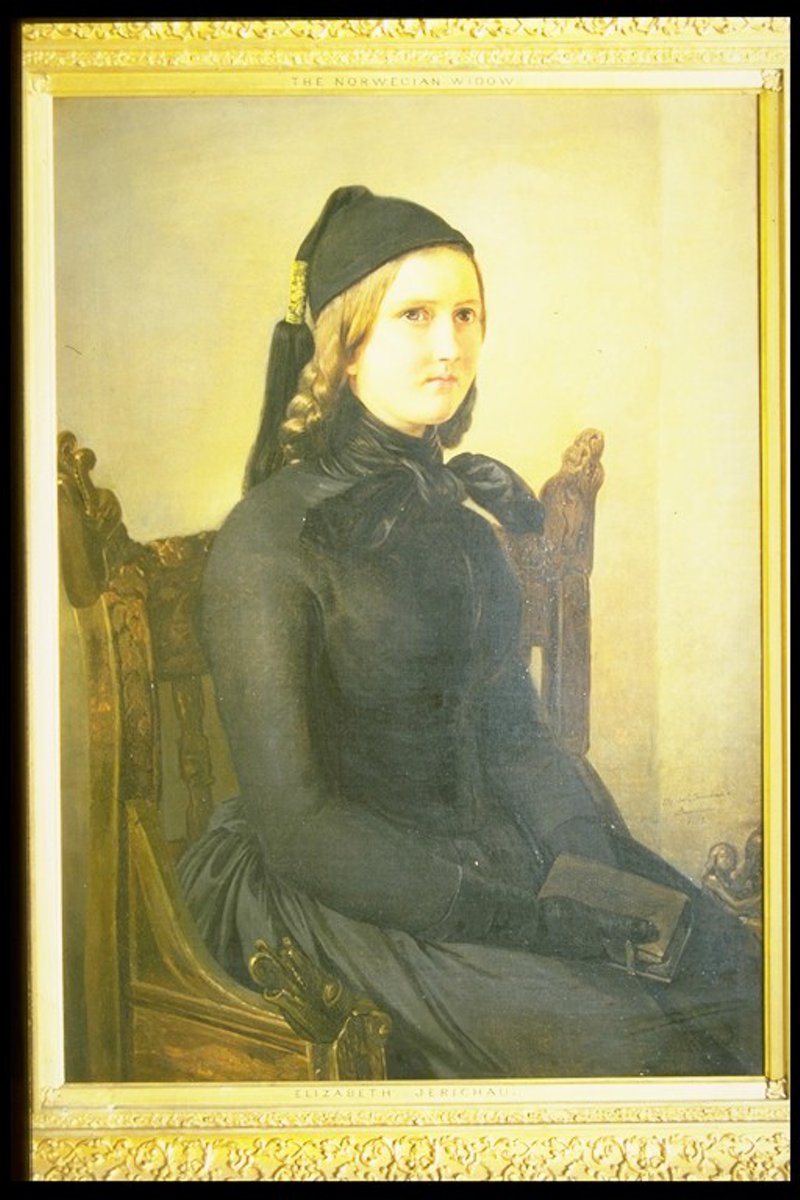 In the month of June 1852 the artist couple travelled to London to present Queen Victoria with a portrait of the Queen dowager of Denmark (see here), and to exhibit Elisabeth's works at the gallery at the newly rebuilt Bridgewater House. A review in the Times, probably referring to the portrait above, reported that 'the lovers of simple natural beauty will not fail to be attracted by the portrait of an Icelandic maiden, in her national Sunday suit, holding her Psalm book in her hand - a picture which for the tenderness and truthfulness of execution seems to us worthy of the highest praise.
In the month of June 1852 the artist couple travelled to London to present Queen Victoria with a portrait of the Queen dowager of Denmark (see here), and to exhibit Elisabeth's works at the gallery at the newly rebuilt Bridgewater House. A review in the Times, probably referring to the portrait above, reported that 'the lovers of simple natural beauty will not fail to be attracted by the portrait of an Icelandic maiden, in her national Sunday suit, holding her Psalm book in her hand - a picture which for the tenderness and truthfulness of execution seems to us worthy of the highest praise.
During the exhibition, Queen Victoria invited Elisabeth and her husband to a private reception at Buckingham Palace. The painting of the Icelandic girl was bought by Queen Victoria for the amount of 900 Rbd (Rixdollars). The painting now hangs in the drawing room of Osborne House, Isle of Wight.
From an Icelandic girl to a Norwegian widow
At some stage, during the long period of Victoria's own dedicated widowhood, a sign stating that the painting depicted a "Norwegian widow" was fixed to the elaborate frame in 1876. Ever since the owners have been reluctant to correct the error. The title The Norwegian widow is now presented with quotation marks on the website of The Royal Collection Trust in London (see here).
It is highly unlikely that an Icelandic woman living in Copenhagen posed for Elisabeth in Copenhagen. That would definitely have made the 'headlines' in Iceland, which it didn't. A more likely scenario is that Elisabeth used available etchings of Icelandic women, which she found in contemporary travel-books, as a model. She then masked the model with a Hellenistic face and seated her in a slightly Victorian variation of one of the Icelandic church chairs from Grund, which is still kept in the National Museum of Denmark. This 16th century Icelandic chair is one of a pair of chairs (the other one to be found in the National Museum in Reykjavík), carpentered in the Romanesque style. The sad, but majestic face, as well as the black robe of the 'Icelandic woman' might have led to the assumption that she was a widow.
The Grund-chair which Elisabeth Jerichau-Baumann was inspired by
Other Icelandic Women by Jerichau-Baumann
In 1852 Elisabeth completed two variations of the panting of the Icelandic woman; The one she sold Queen Victoria. Another one is now kept at the Hamburger Kunsthalle (Ein isländisches Mädchen, Inv.-Nr. HK-3466; see here on the website of Dr. Jerzy Miskowiak, a Polish urologist and a surgeon who has lived in Denmark since 1971. Dr. Miskowiak plans the publication of all known works of Jerichau-Baumann later this year. The model in the arched panting in Hamburg is similar to that of the Icelandic lady in London. However, she sits in a chair, which has no connection to Iceland at all. The London-painting is a much better work of art than the painting in Hamburg. Most likely the painting in Hamburg, also dated to 1852, was first painted for an exhibition in Copenhagen, after which Elisabeth decided to paint a better version for her exhibition in London. The work in Hamburg has the title "Ein Isländisches Mädchen" - An Icelandic girl. The Germans possibly have found the woman in the picture too young to be addressed as a 'Frau' or a widow.
In 1862 Elisabeth painted still another Icelandic woman with the help of remedies in the form of Icelandic artefacts kept in the National Museum in Copenhagen. Now Elisabeth created the 10th Century Saga-figure Hallgerđur, the femme fatale wife of Gunnar from Hlíđarendi. Gunnar was a good friend and companion of Njáll in Njáls-Saga. By putting an 18th century Icelandic crucifix around her neck and an Icelandic ornamented belt around her early 19th century hat, Elisabeth tried to revive a major figure of the Icelandic Saga-litterature, the heartless 10th Century proto-feminist Hallgerđur, which the Danes wrongly renamed Hallgjerde. Despite 400 year of Danish rule at the time the portrait was painted, only a few Danes managed to understand Icelandic, not to mention to speak it.
Elizabeth Jerichau-Baumann´s 'Hallgjerde' was auctioned off by Bruun & Rasmussen in 2008. Whom the painting was sold to is a secret, but the estimated value was 50.000 DKK or € 6700 (link Work 570, page 232). Hallgerđur didn't want to give her husband a few strands of her long hair so he could rewind the broken cord of his bow, when their home was under attack - which resulted in his death. Now she is hanging somewhere to the delight of a passionate collector, who probably doesn't know that Hallgjerde forsaked her husband, because he had slapped her cheak, when he discovered that she had sent her slave to a neighboring farm to steal.
Iceland rembembers the artist in 1882
Half a year after the death of Elisabeth Jerichau-Baumann, she was remembered in the Icelandic annual magazine, Skírnir. Skírnir reported (in my translation):
On the same day (11 June) died Elisabet Jerichau-Baumann, who has become famous for her drawings and colored paintings. She was married to the sculptor Professor Jerichau, whom she had met in Rome. She was born in Poland to German parents, and in the recallection of her childhood, she had vivid memories from the revolution (1829). One of her paintings is called "Finis Polonić" (The termination of Poland). She travelled widely in Europe and was greatly inspired by these travels, e.g.in Constantinopel, where she was allowed to get aquainted to the women of the Sultan in the Harem. She often told vivid and interesting stories about her travels in dailies and pamphlets. Two of her paintings were inspired by Icelandic themes, one was entitled "An Icelandic woman" [the title Islćnderinde was printed in Danish in the Icelandic article], and the other symbolized Hellgerđur Langbrók. The first painting was bought by Queen Victoria of Britain.
Vilhjálmur Örn Vilhjálmsson, March 2017
Meginflokkur: Gamlar myndir og fróđleikur | Aukaflokkar: Íslenskir kvenbúningar, Málverk, myndir, listaverk | Breytt 13.3.2017 kl. 05:37 | Facebook


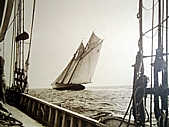
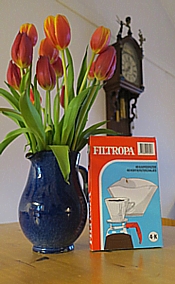
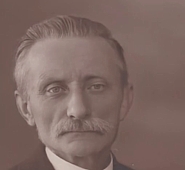

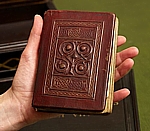
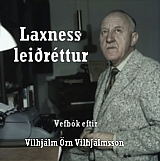
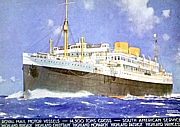

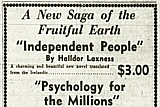




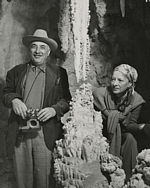
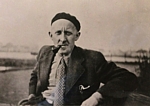
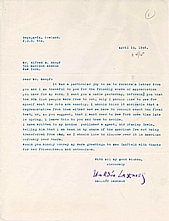
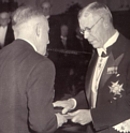
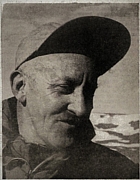
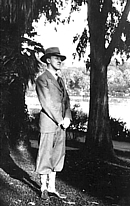
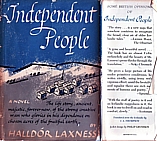
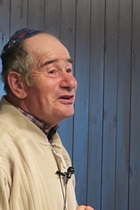
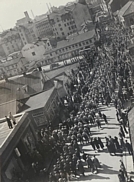
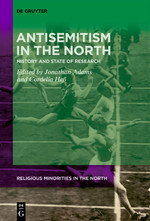

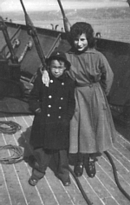
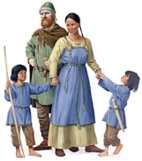


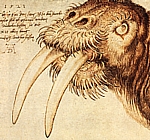

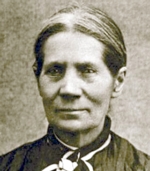
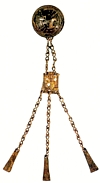
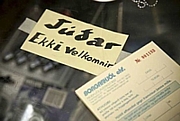
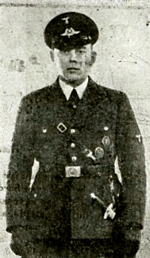

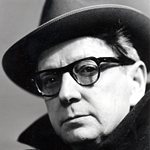

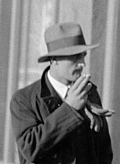
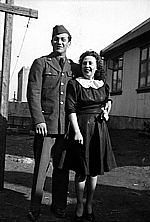
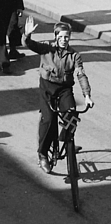
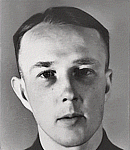
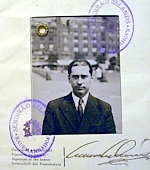

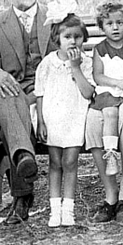
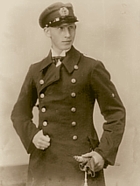
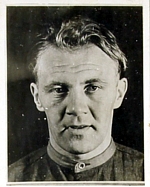
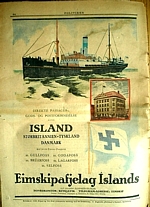

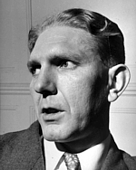
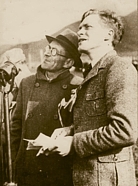

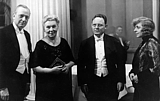
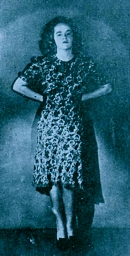


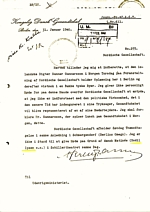
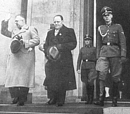

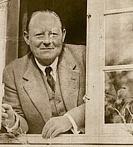
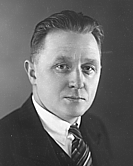



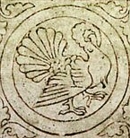
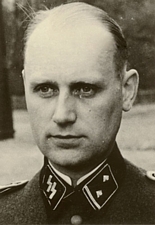
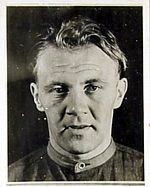
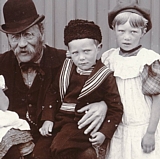
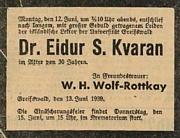
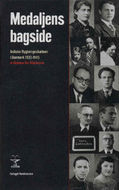
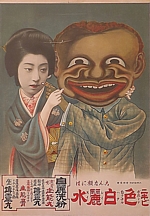
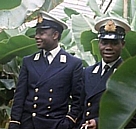
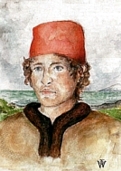
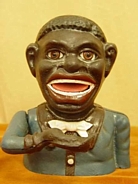
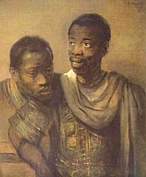

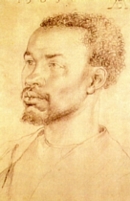
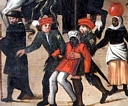
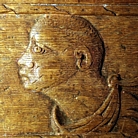
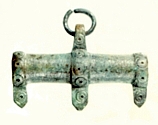

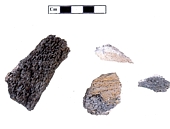

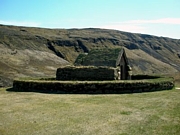
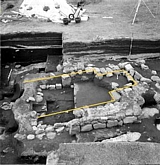

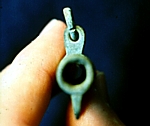

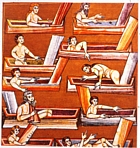

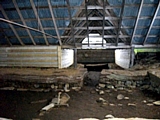



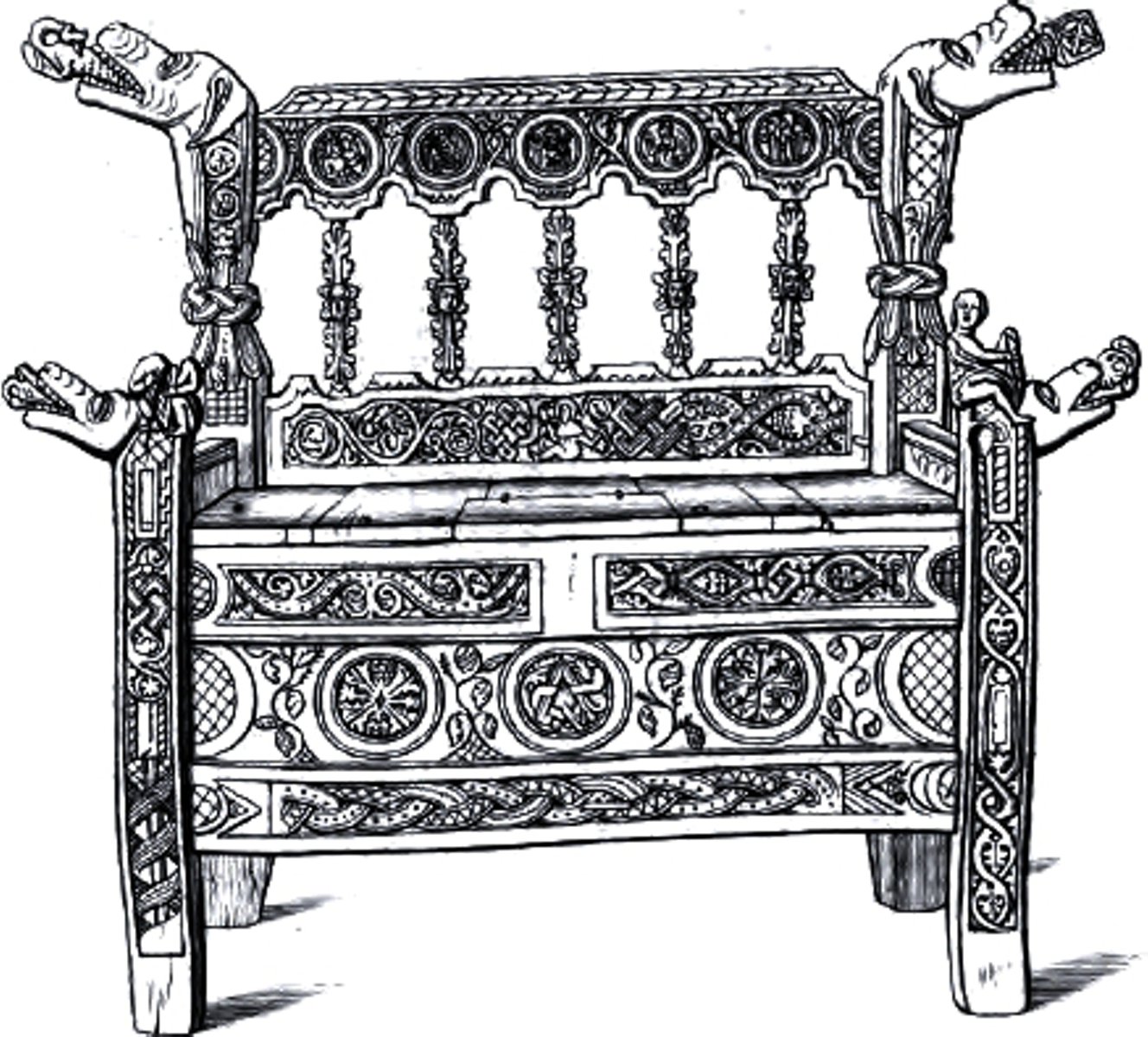
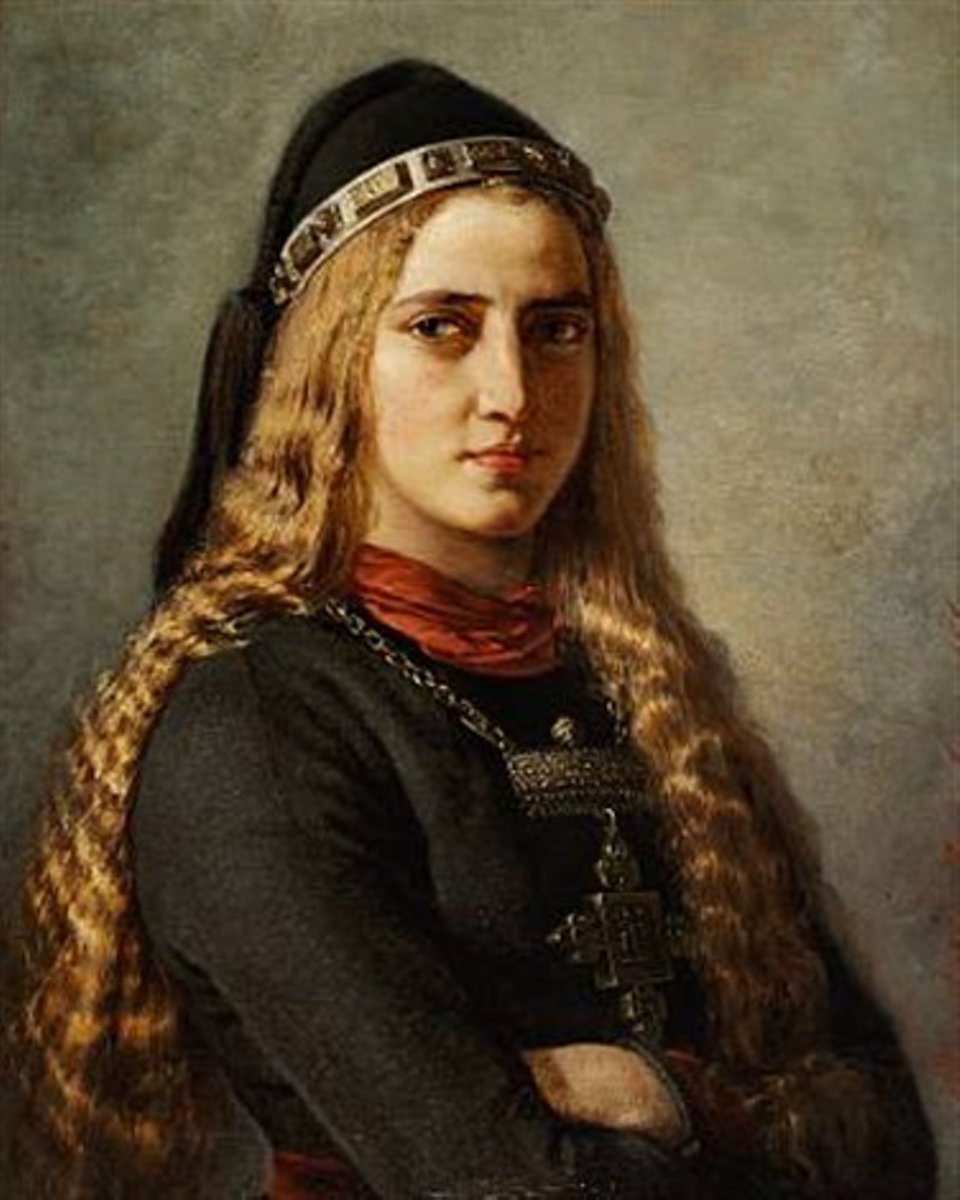

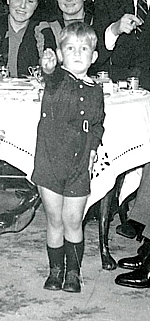
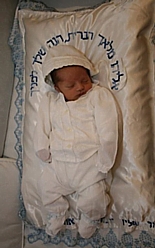


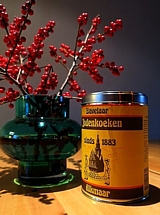
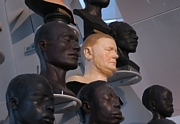
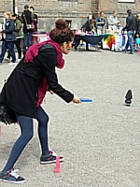

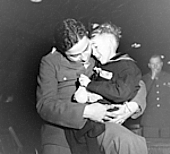

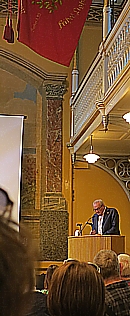
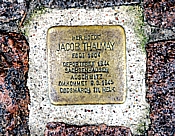

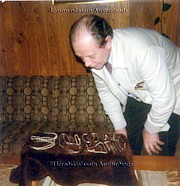
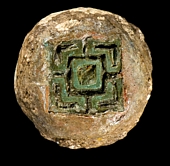
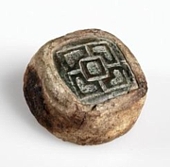

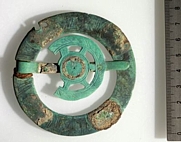
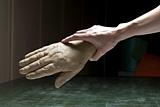

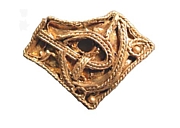
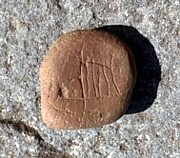

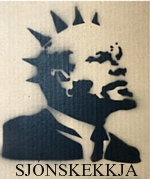
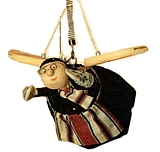
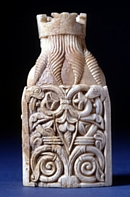
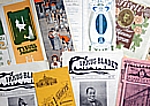

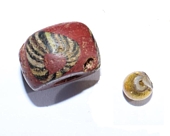
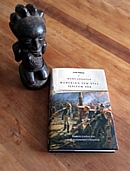
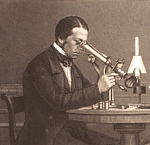

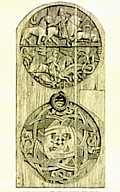

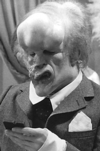
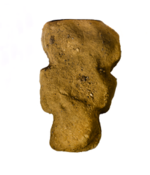
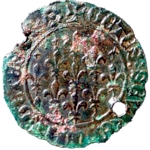
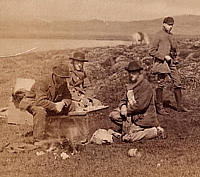
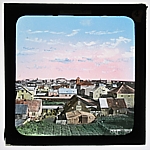
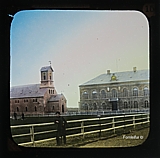
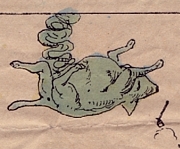
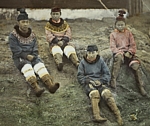

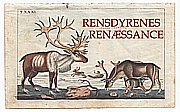
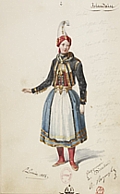
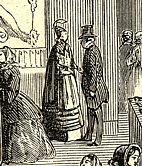

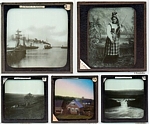
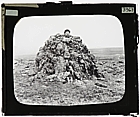
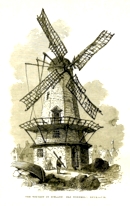

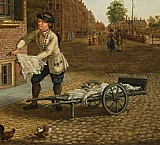
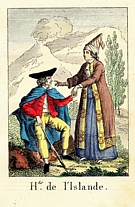

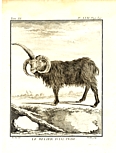
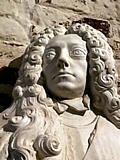
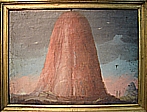
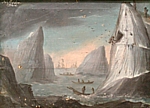
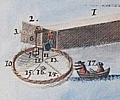
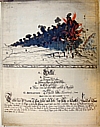
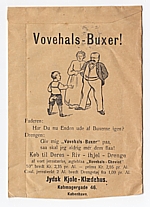
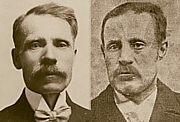


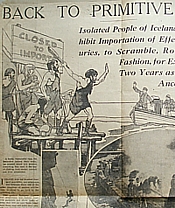

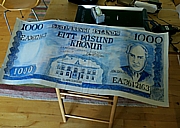
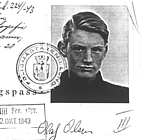

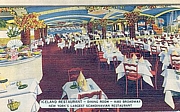
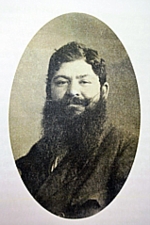
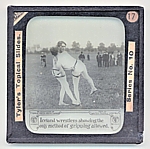

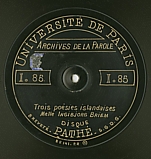



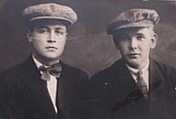

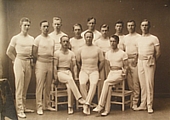
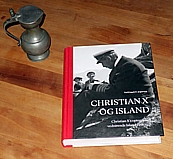
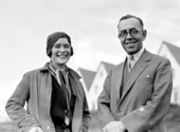
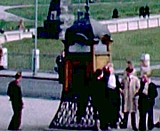

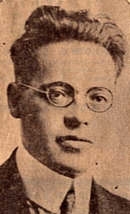
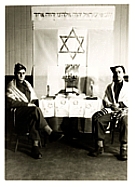

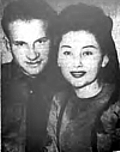
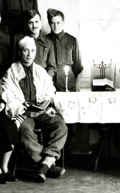
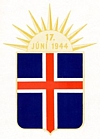
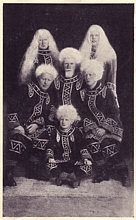
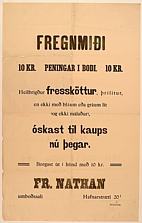

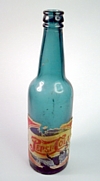
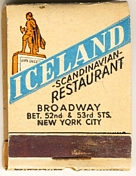
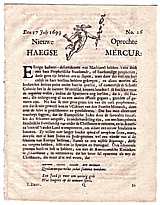
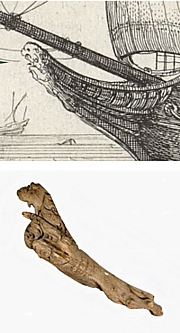
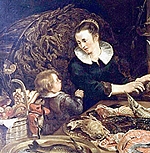
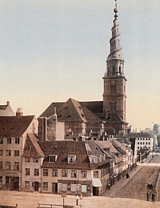


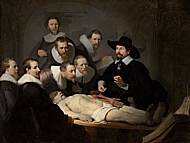
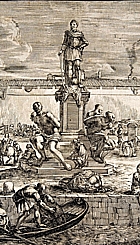

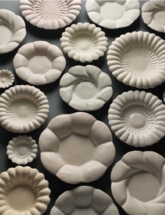
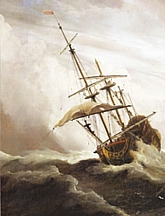
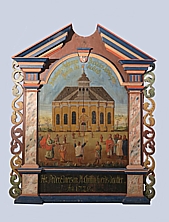
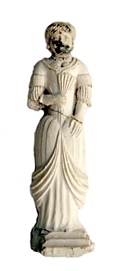

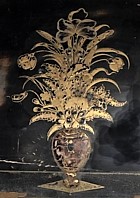

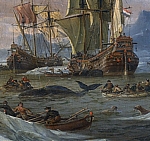
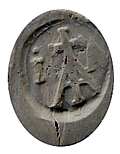
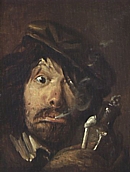

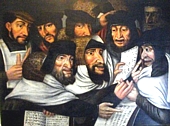
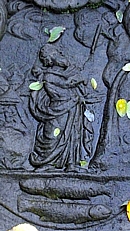

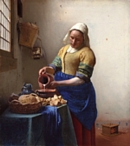
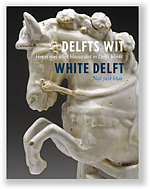
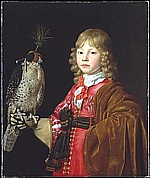

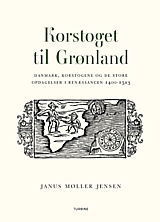

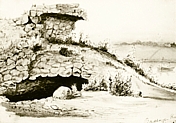
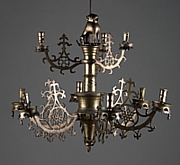

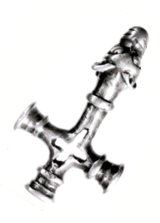
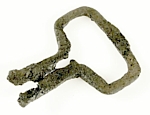
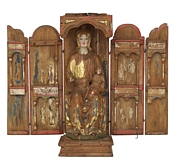

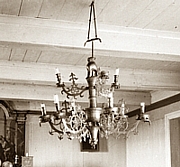
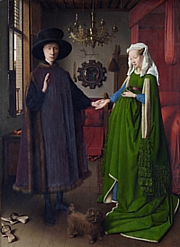


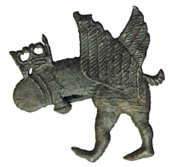

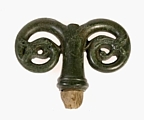
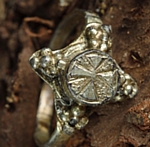


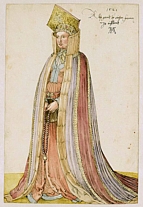
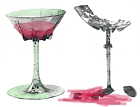

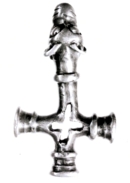
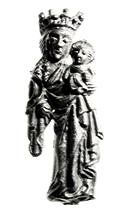


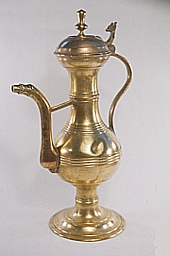
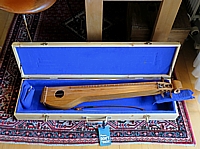
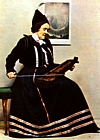

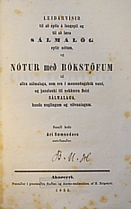
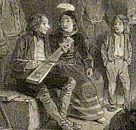

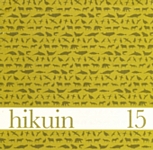

Athugasemdir
Áhugaverđ rannsókn en ţarna var ţađ stóllin sem uppljóstrađi öllu. Ţađ er ţá rétt sem Jón Dúason heitin sagđi. Steinar munu tala. Ég bćti viđ löngu eftir ađ menn eru dauđir.
Valdimar Samúelsson, 12.3.2017 kl. 13:51
Bćta viđ athugasemd [Innskráning]
Ekki er lengur hćgt ađ skrifa athugasemdir viđ fćrsluna, ţar sem tímamörk á athugasemdir eru liđin.